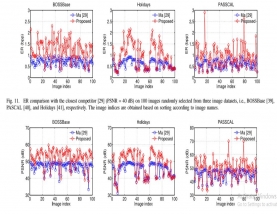


Rs 5670 only/-
In recent years, digital data hiding has been studied intensively to provide copyright protection to multimedia data including image, audio and video. Data hiding techniques can be classified, according to the domain of data hiding insertion, into spatial-domain and frequency-domain data hiding. Alternatively, data hidings can be classified as visible, invisible and dual data hiding according to human perception.
In short digital data hiding is embedding a hidden message within the digital media, verify by the host (owner) or composer of the media. Currently there have been many algorithms proposed for data hiding image, video and audio. Presently data hiding algorithms embeds the data hiding in single of spatial, frequency domains or wavelet domains. a number of algorithms use information as of multiple domains to embed the data hiding. But what is the usefulness of data hidings in the varying domains.
This work focuses on the digital image invisible data hiding techniques. Here whole work is divide into embedding and extraction steps. For invisible data embedding input is original image or carrier signal and original data hiding, here data is hide in such a manner that visibility of the data hiding by naked eyes is not possible. In case of extraction data hiding should be successfully retrieve from the received data without any information loss of the original data as well as data hiding [7, 8]. In Fig. 4.3 whole embedding block diagram is explained. While Fig. 4.3 whole extraction block diagram is explained.
| IEEE Base paper | |||
| Doc | Complete Project word file document | ||
| Read me | Complete read me text file | ||
| Source Code | Complete Code files |